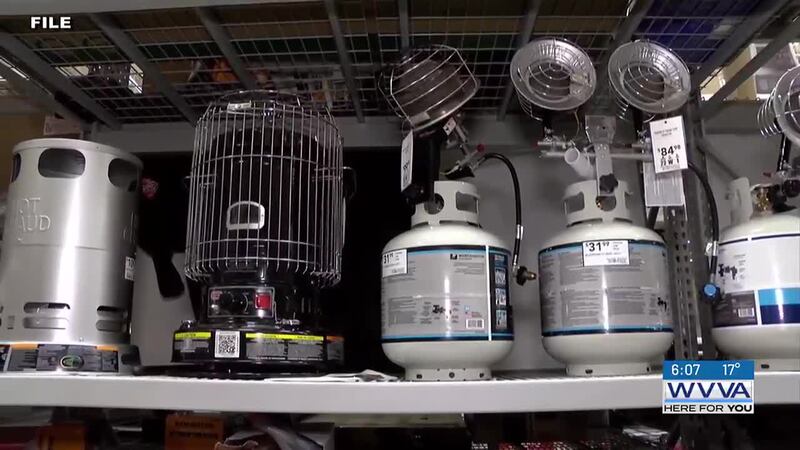
MERCER COUNTY, W. Va. -As you’ve heard, extreme winter weather like we’re seeing now can make things dangerous while on the road. However, even if you never get in your car during the winter months, you aren’t safe from the dangerous conditions brought on by the cold, even if you’re doing your best to keep warm.
CEO of the Princeton Rescue Squad Mark Brooks says cold-related injuries are more common in this area than most people think, with one of the biggest concerns being hypothermia. He says it’s best to spend as little time outside as possible with the temperature continuing to drop, adding that sub-zero temperatures causes hypothermia to begin to set in within minutes.
If you must be out in the elements, make sure you have a change of clothes, especially during wet snow like we’ve seen recently.
“…When your gloves start getting soaked, or your boots start getting soaked, or your jackets or your hood, or your mask starts getting soaked, hypothermia can set in a little quicker that way because, not only do you have the cold temperatures and the wind, but you also have the moisture,” says Brooks.
Not all cold-related injuries may be as obvious as hypothermia, however.
“…A lot of people think it’s just the skin maybe, you know, from frost bite or wind burn and things like that, but actually, when temperatures drop below a certain temperature and you’re exposed to that for long periods of time, it also can have cardiac effects, respiratory effects and a deep muscle tissue effects and those things,” says Brooks.
Brooks says it makes the rescue squad’s job easier if you recognize the signs of cold-related injuries early, saying it’s time to come inside if you see redness of skin, a tingling or burning sensation, or are just uncomfortable. Those potentially affected by the early stages of a cold-related injury should warm gradually using blankets in a warm environment like house or vehicle.
But even if you stay inside to keep warm, the winter months can still be dangerous, with Capt. David Thompson Jr. with the Green Valley Glenwood Volunteer Fire Department saying this time of year brings an increase in structure fires, due to things as simple as forgetting to keep flammables at least three feet from all sides of a heater.
And with many losing power or trying to lower electricity costs, people are turning to fireplaces or kerosene or propane heaters, but those can be dangerous as well, if they aren’t cleaned or maintained properly, adding that a natural gas flame should be blue, not red, orange, or yellow.
“…Say if you have a propane or a kerosene heater, when those are burning, you should have a nice clean flame. It should be solid, it shouldn’t be flickering, it shouldn’t be real radical. On a natural gas system, it should be blue, it should be a nice solid… so if you start seeing, especially in a natural gas or propane setting, yellows or reds or orange-type flames coming out of your propane, coming out of your burners, you need to get it cleaned because you’re not burning properly,” says Capt. Thompson Jr.
One danger that kerosene or propane heaters could cause may be more subtle, if they are producing carbon monoxide, a silent killer.
“Invest in a carbon monoxide detector, because if these are not burning properly then that will produce deadly fumes that you’re not going to see, you’re not going to smell until it’s too late, and once you start feeling woozy, you know, you’re not going to last much longer,” says says Capt. Thompson Jr.
Regardless of what you use to heat your home, Captain Thompson says you should also make sure your smoke detectors are working and not chirping which indicates it’s time to replace the battery.
He adds, you should check your smoke and carbon monoxide detectors every month, with early in the month like it is now being a good time to push the button.
Copyright 2025 WVVA. All rights reserved.